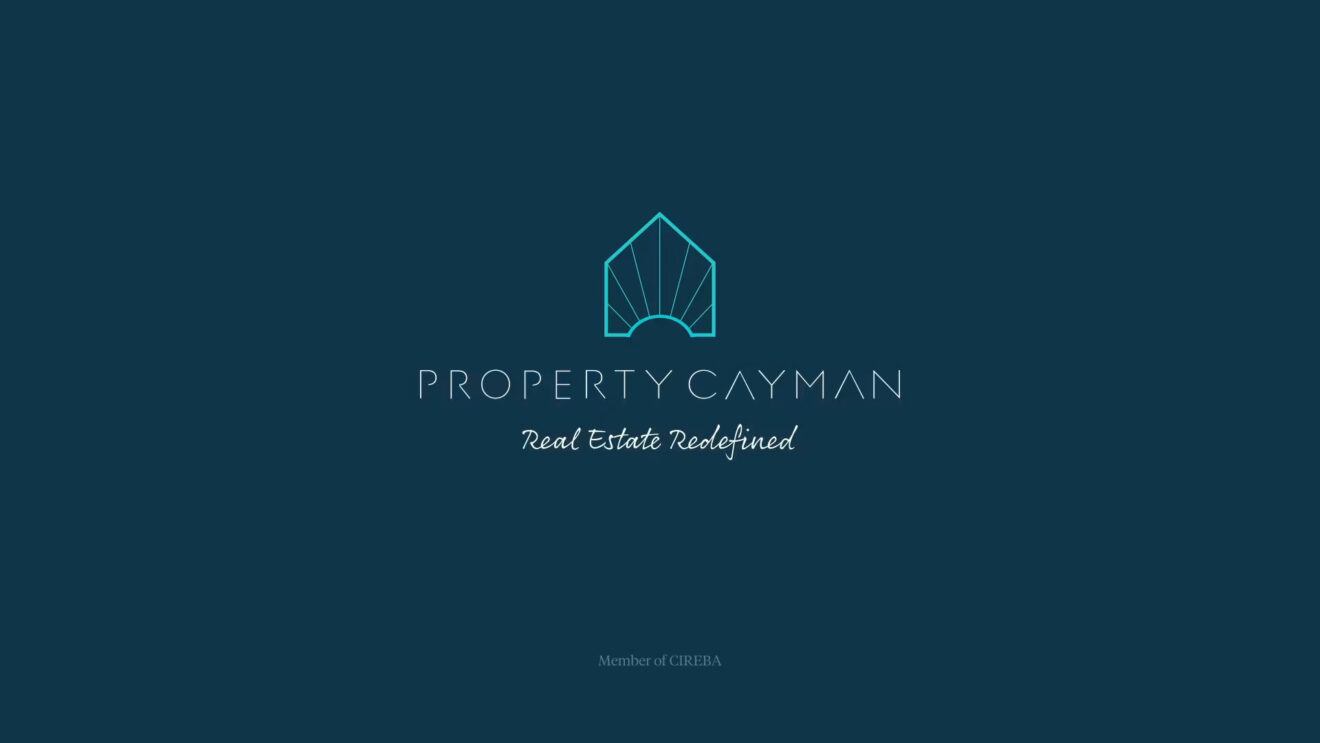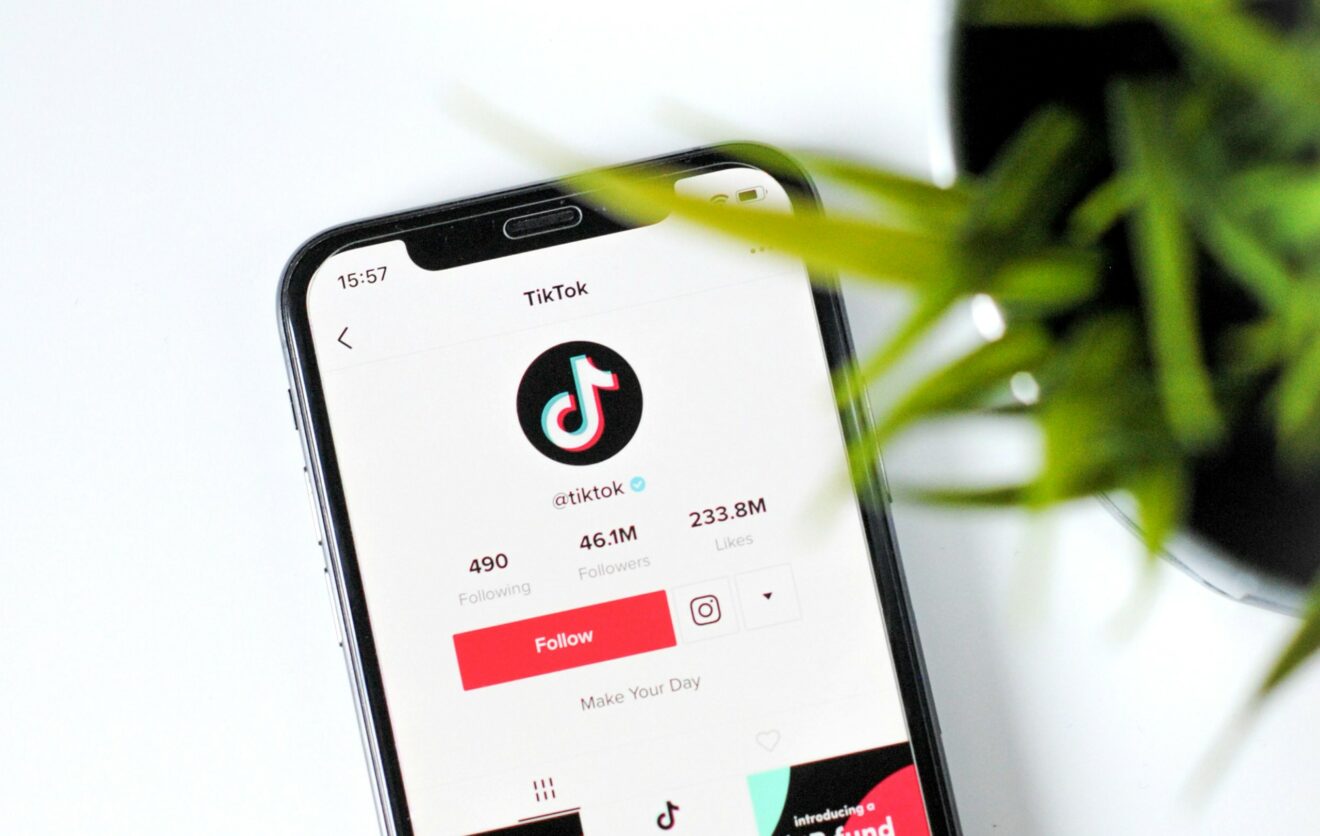 New case study
New case study
How do I split my marketing budget?

Nothing beats the excitement of launching a new e-commerce store! Watching those first sales come into your online platform is a thrilling conclusion to months, maybe years, of build-up. But, if you’re a savvy person, you know this is just the beginning. Now it’s time to start the hard work: marketing your website and getting those first customers in the door.
Figuring out what to spend your budget on can take time and effort. The world of TikTok is screaming out for video content — so you might be tempted to start there — but turn just an inch to the left, and you’ll see that Google is packed to the brim full of highly converting written content. And then there’s email marketing, social ads, inbound marketing, webinars, and more.
PPC, SEO, videos, emails, automations… in all the time you spend trying to make a choice, the clock is ticking, and you are missing out on sales.
So, how can you do it? Here’s a breakdown of how to split your e-commerce marketing budget and get the most bang for your buck:
Become a realist
Being a realist is challenging, and never more so than when you’re determining your initial marketing budget! You’ll need to balance between getting too excited about your new store (and just spending money for the sake of it) and being too conservative with your marketing budget (causing sales to grind to a painful halt).
Every penny you spend on marketing should be strategic, well thought out, and done with an expected result. SMART goals are your friend here — be specific, measurable, achievable, realistic, and timely about what return you expect your marketing to offer.
Set aside time to determine your budget — and take your time with these decisions. If you set your budget too low, you won’t get results (and your store won’t grow). On the other hand, spend too much, and you risk running out of funds before you make a sale.
Here are some valuable tips when it comes to realistic budgets:
- E-commerce stores generally invest 15-20% of annual gross revenue into marketing.
- When starting, expect to spend more. Your marketing is a machine that should produce repeatable ongoing orders; the machine is always on. Turning that machine on for the first time can take some investment. You have to build the machine to run it – make sure you set aside adequate funds.
Know your audience
Knowing your audience means writing buyer personas. A buyer persona is a fictional representation of your ideal customer. It’s a way to put yourself in their shoes, so you can think about how they’d react to different messages, prices, and offers. But, crucially, they help you ensure you’re serving your customers with the right content, in the right place, and at the right time.
Buyer personas usually consist of three or four main sections:
- Background: This includes age, location, and job title
- Motivations: This will explore why they’re buying from your company instead of elsewhere (or not buying at all).
- Pain points: These detail the things that keep your customers up at night—the problems they’re trying to solve using your product or service. And goals explain what they are seeking exactly.
Know where that audience is
Once you know your audience, you must understand where they are buying from. You can’t rely on one channel for all your traffic or sales, especially when starting out, so knowing what platforms influence purchases is important.
We live in a world where the average customer needs to see 7-13 pieces of content from your brand before they make a buying decision, where virtual reality is bleeding into reality, where you watch Netflix while scrolling Instagram, and where e-commerce is increasingly considered to be all commerce.
One marketing line item doesn’t cut it these days. You need an omnichannel approach that is, you guessed it, strategic.
“Strategic” means a few things. In this case, we are talking about:
- Not setting up an account on every social media platform and email provider.
- Knowing where your audience exists and then creating accounts on platforms that are going to convert into sales
- Not doing everything all at once, and instead focusing your efforts on the best investment returns. For instance, you might have a strong base of organic search engine traffic from Google and Bing, a small (but dedicated) following on Instagram, and an active email list with thousands of subscribers. If this is the case, deciding to branch out and invest in a Pinterest account without sufficient evidence of potential return won’t make sense.
Split your budget into themes
There are several ways to split your marketing budget — everyone does it differently. Grouping your budgets into channels or themes can help if you don’t know where to begin.
For example, some e-commerce brands choose a simple “1/3/2/1” split between paid advertising, organic search, content marketing, and influencer marketing. Others like to break out their paid advertising into categories, such as search engine optimisation (SEO), display ads, and social media, and get more granular.
Always keep three things in mind:
- Not all platforms are created equally: You shouldn’t spend the same amount on each channel or platform. And you shouldn’t expect the same return from them either.
- Always be testing: You might have instincts about where your customers will discover and purchase products, but nothing speaks louder than actual data. Running small split tests with low budgets can allow you to confirm theories and remove assumptions from your spending.
- Be ready to change based on data: Once you’ve run your tests, it’s time to trust the results.
There’s no right or wrong way to do your budgets, but if you’re starting out for the first time, we always suggest you match your spending with where your sales are coming from. For a newish store, it’s typically weighted as follows:
- 40% organic search
- 30% paid ads
- 10% social media
- 15% email
- 5% referral traffic
Every company and store will be different, and you will learn what works best for you in time. So the above information should be taken simply as a guide to getting started.
Pay Per Click (PPC) versus SEO (Search Engine Optimisation)
In an ideal world, you can spend a significant portion of your company’s advertising budget on both paid ads and SEO. But if you only have enough money to allocate to one or the other, which should it be?
The simple answer is to go where the revenue guides you — with the understanding that you’ll eventually need to do both. And you’ll find that you need to do both sooner rather than later.
For paid ads like Google Ads and Meta Ads to work, you need a robust organic traffic base and good rankings to make the sale. Remember that customers do their own research into brands they’ve heard about, so whether you like it or not, SEO and PPC go hand in hand.
For SEO, you’ll find that even the most devoted user of your site needs a timely reminder of your products, sales, and proposition. Retargeting ads targeted at these users can have an incredibly low cost per acquisition (CPA) and be highly effective.
Some pro tips:
- Generally, Google Ads can give you the best ROI, faster, but it is pricier.
- Meta Ads can offer you greater reach for less money but can have lower returns in some markets. It’s particularly powerful for brand awareness, though.
- SEO takes time — expect to see the results of your hard work come around in 3-6 months rather than days.
Know your brand
Your e-commerce marketing budget should ultimately reflect what works best for your brand.
With so many different marketing channels available, it can take time to decide how best to spend your money. But if you want to ensure that your brand is getting the biggest bang for its buck, knowing what works and why is essential.
As you scale, if you need a commerce partner ready to grow with you, our team of experts is here every step of the way. Get in touch with us today to book a free consultation.

